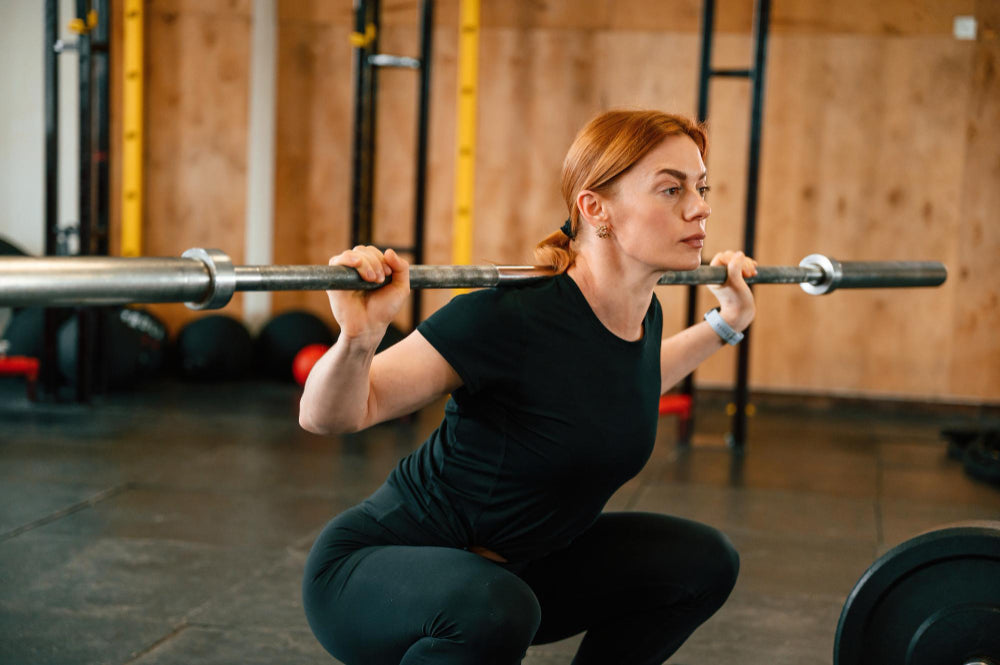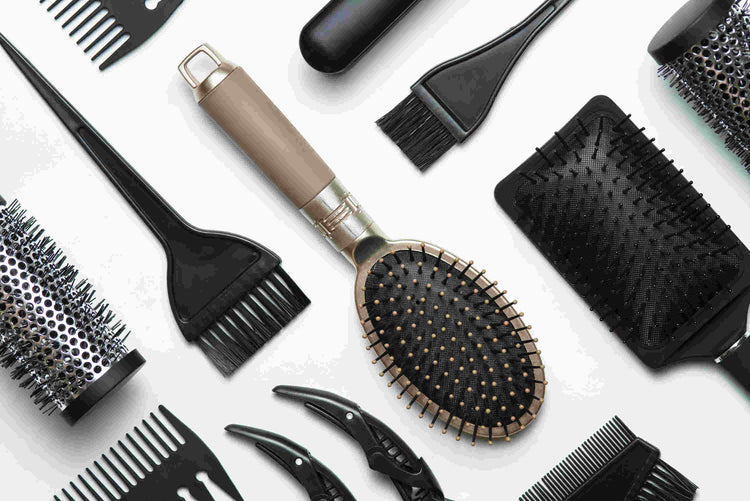Low Bar Squat vs. High Bar: Effectiveness and Differences


A squat is a strength exercise used to effectively strengthen the back and lower body. Squats are completed with additional weight or just with one’s own body weight. The exercise is done by simply squatting down, with the feet being placed shoulder-width apart or by placing them where you are most comfortable. There are different ways to complete a squat, and when using a barbell, the most common variations are low bar and high squats. Let’s get into the differences.
When it comes to sports performance, squats are integral in developing lower body power and stability, which can enhance overall athletic performance. Proper squat technique allows athletes to generate more force, which is crucial in sports such as sprinting, football, and rugby. Additionally, incorporating sports supplements like creatine can help boost strength and energy levels during squat training, aiding in achieving better results. Creatine enhances muscle endurance and recovery, allowing for more intense training sessions and faster recovery times, contributing to continuous progress.
The low bar squat involves placing a barbell right across your rear deltoids, the bar is positioned lower on the back and causes a natural forward lean of the torso. A low bar squat has more emphasis on the hamstrings and glutes while reducing stress on the knees and allowing a person to squat more weight. For help on warming up for the squat, continue to learn more about the Top 10 Ankle Mobility Exercises
The high bar squat requires the barbell to be placed higher up on the back above the shoulders, around the trapezius muscles. During a high bar squat the torso is more upright and there is more of an emphasis on the the quadriceps. The high bar squat is generally the technique people start with when adding the exercise into their workouts, depending on how the person feels they can switch the placement to feel more comfortable.
To support your high bar squat training, using a Jordan Safety Squat Bar can be beneficial, as it allows for a more secure and comfortable position on the shoulders, reducing strain while maintaining proper form.
The main differences between low and high bat squats is the placement of the bar on the back and the muscles that are targeted during the exercise. The following includes more on the difference between low bar and high bar squats:
While in low bar, the bar is placed lower on the back, in high bar the bar is higher up. With the placement of the bar, a person's torso position will also change, in low bar the torso shifts forward and in high bar it is more upright.
"The low bar squat reduces shear forces on the knee joints by distributing the load more effectively across the hip joint, which can be beneficial for individuals with knee concerns," as explained by Dr John McGill, a renowned biomechanist.
On the other hand, the high bar squat is helpful and translates well for those doing other exercises and sports that require them to generate upward force, such as those that involve jumping. For those looking to enhance their high bar squat technique, investing in equipment like a Multi-Function Gym Rack or Jordan Premium Heavy Duty Squat Stand can provide a stable setup for optimal training.
Another difference between the two squats is the muscles that are activated during each. During the low bar squat, the posterior chain is activated, this involves the muscles on the backside of the body such as the hamstrings, lower back and glutes. Low bar squats are particularly effective in building strength in the posterior chain, which is critical for overall athletic performance," as stated by Dr Stuart McGill.
During high bar squats, the main emphasis is on the quadriceps muscles and anterior chain muscles. Deciding between the two techniques is completely up to personal preference, some people find one easier on their body than the other, it’s important to listen to your body.
For a more comprehensive squat setup, consider using a Squat Rack and Functional Trainer to integrate versatility into your training routine, enabling you to perform both high bar and low bar squats effectively.
A low bar squat primarily works the posterior chain; glutes, hamstrings, and lower back muscles.
The choice between high bar and low bar squats depends on your goals. High bar squats are better for building quadriceps strength and improving athletic performance, while low bar squats are better for developing overall strength and engaging the posterior chain.
A low bar squat is often considered harder because it requires more forward lean, greater balance, and increased engagement of the posterior chain muscles, which can be more demanding for some lifters.
A low bar squat should go to at least parallel, where the hip crease is at or below the top of the knee, to ensure full range of motion and effective muscle engagement.
Squats, whether low bar or high bar, are an excellent and effective full-body exercise that helps you build muscle and get closer to your fitness goals. There is no right or wrong squat technique; you can make the decision depending on which exercise you feel more comfortable doing and whichever muscles you want to focus on. If you’re looking to elevate your training and ensure proper form, Jordan Helix Adjustable Squat Stand is an excellent investment for added stability and versatility in your squat routine.
Learn more about Why is It Important Train Legs (Don’t Skip Leg Day) and 15 Top Leg Press Alternatives to Build Muscle








Plus get the inside scoop on our latest content and updates in our monthly newsletter.